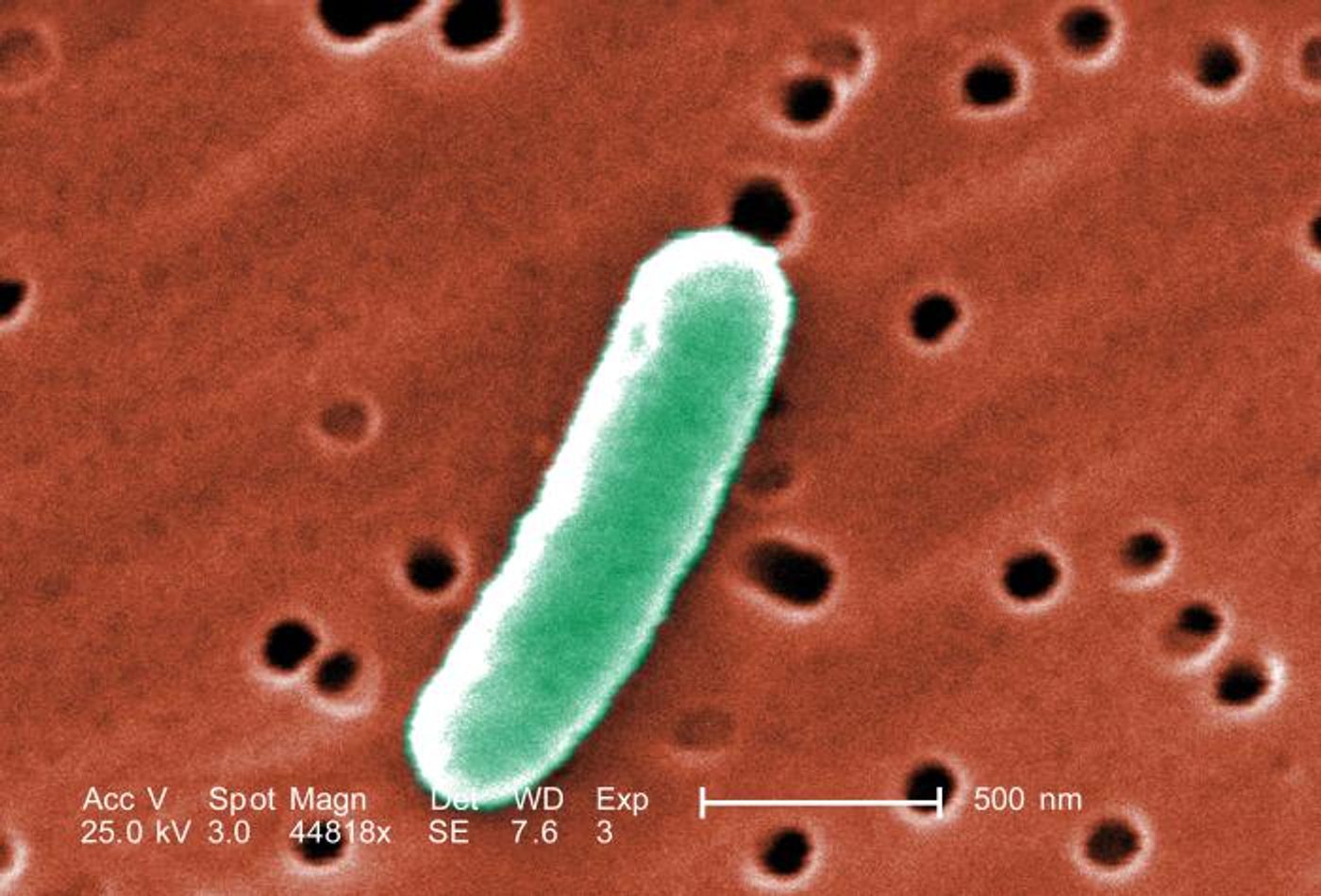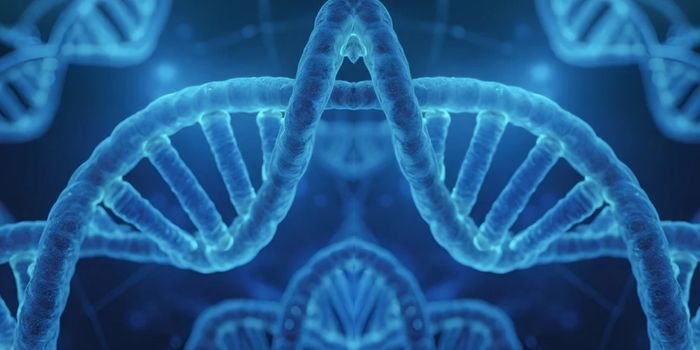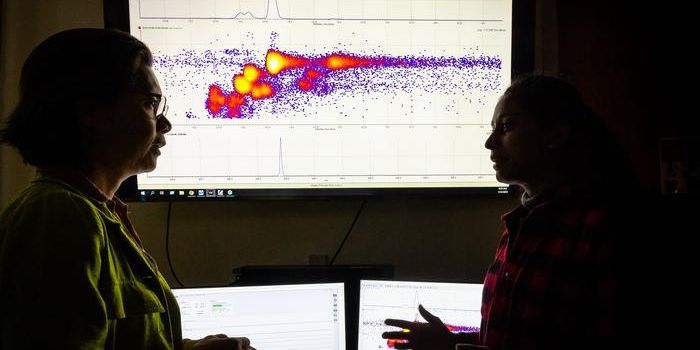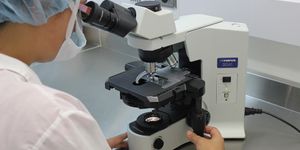Learning More About How Bacteria Become Dangerous
We have to share the world with microbes; they can grow almost anywhere, from hydrothermal vents deep in the sea to the human body. Many of the bacteria in the world have no impact on people. But some serve important purposes, like helping us properly digest food. Still others can be very dangerous and cause serious disease if they infect humans. Scientists are trying to learn more about the biological mechanisms that cause bacteria to be pathogenic. New research has investigated how Escherichia coli cells are able to gain new abilities, which can reveal more about how bacteria in general become dangerous. The findings have been reported in PLOS Pathogens.
"We're excited by this research because no one has ever looked at virulence evolution of bacteria in an animal; studies before us looked at the evolution in cells," said Professor Chikara Kaito, who led a team of scientists at Okayama University in this work.
E. coli can be found in the gut, where they usually aid in the digestion of food. While these natural strains can cause serious illness if they make their way out of the digestive tract and back into food that is consumed or if they become mutated and start releasing toxins, there are also non-pathogenic strains of E. coli that are commonly used as workhorses and models in the laboratory. In this work, a harmless strain was repeatedly mutated and used to infect silkworms.
The research team generated strains of E. coli that had 500 times stronger virulence compared to the original in part because of mutations in a gene that encodes for a molecule called the lipopolysaccharide transporter (LPS) transporter. The LPS transporter can shield the microbe from harm and is required for the growth of E. coli.
The mutations seemed to make the bacteria able to resist some antibiotics, including some released by silkworms. The microbes also seemed to increase the levels of outer membrane vesicles, which can absorb harmful compounds, stopping them from harming the bacteria. The researchers suggested that the mutations in LPS were outside of the cell, and that the exposure to the environment may make features like that more susceptible to genetic mutation.
"What we've done here is identify several things about pathogenic bacteria. We showed for the first time that mutations to LPS transporter can increase virulence, and we provided evidence for how that virulence actually happens: the mutant bacteria make more outer membrane vesicles," explained Kaito.
The team also suggested that mutant LPS could help explain why some strains are so dangerous and others are not; the strains may each have a unique structure.
"Before our study, it wasn't very clear how bacteria actually evolved properties that made them more harmful, so our study helps clarify this. An understanding of this process means the possibility of creating drugs or other therapy that can keep bacteria from becoming pathogenic, especially if we find more proteins like LPS transporter, where mutations can have such a big effect," added Kaito.
Sources: AAAS/Eurekalert! via Okayama University, PLOS Pathogens









